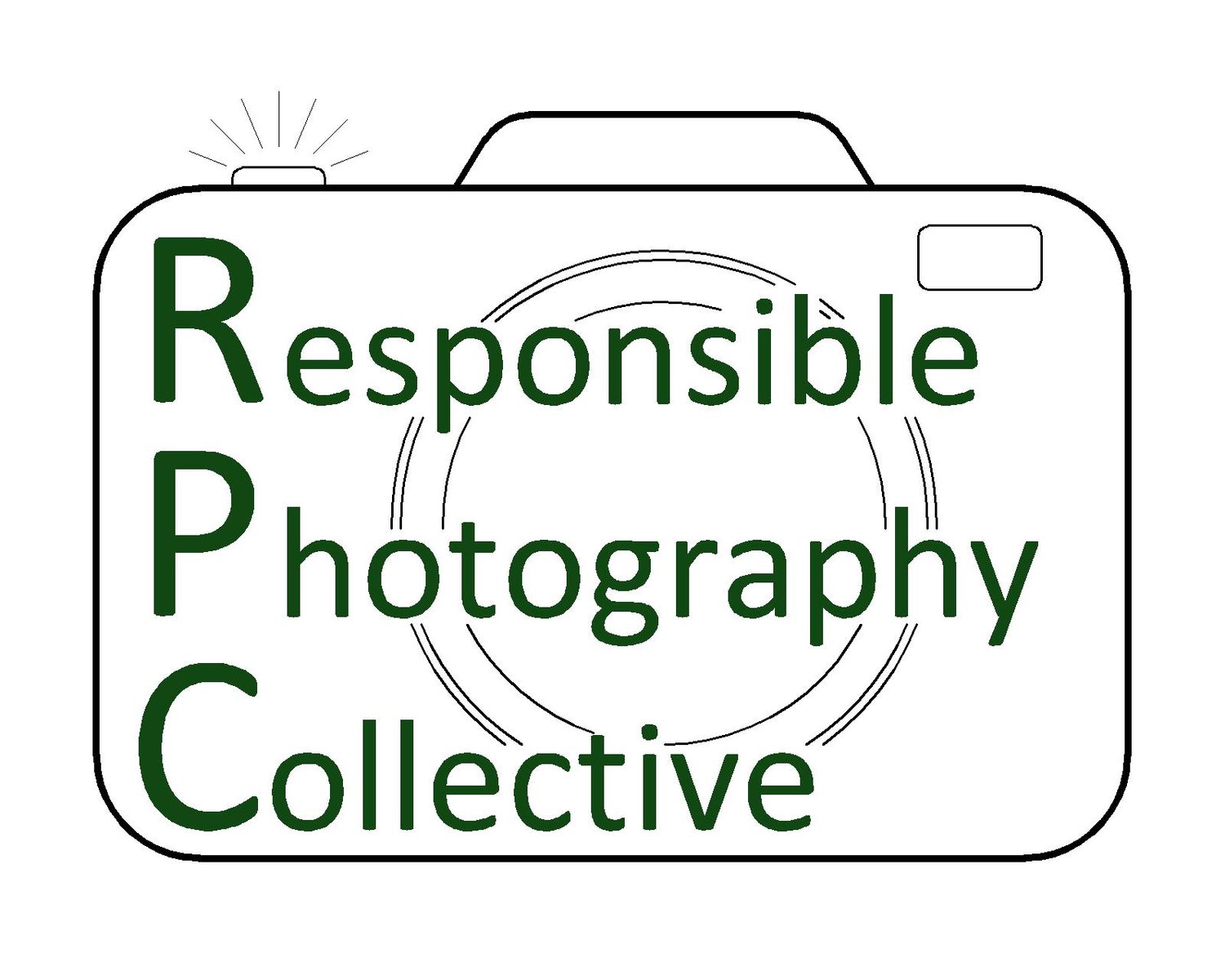Thinking Twice Before Sharing Locations
I wrote this from the land down under—Australia. While I’ve been here, I had the chance to photograph a beach that local people say has the whitest sand in the world. It’s a place well-known to those who live nearby, but it’s not well known to the global tourist trade. As a result, it’s less spoiled than it otherwise might be. In fact, there are very few photos of it on Instagram.
But how should I handle the inevitable inquiries from people wanting to know exactly where I found white sand and vivid blue water like this?
An Australian beach. This image is straight from camera without editing. As you can see, the colors are quite amazing.
For some reason, people often act like they have a right to know where a photo is taken. When someone refuses to share a location, people often complain of gatekeeping. But that is silly.
Many outdoors-people have their favorite secret spots. Fishermen, for example, are famous for their secret fishing spots. The secrecy of those spots is considered normal and is usually respected. There is no reason for photographers’ secret spots to be treated differently. In fact, photographers and fishermen may often have similar reasons for keeping a spot secret.
Just as fishermen may worry about spots being overfished, so too may photographers rightly worry that a place may be overvisited. Just as a place may be ruined by overfishing, so may a spot be ruined by over-visitation.
Most of the people who visit these locations consider themselves responsible. But that belief does nothing to shelter trails from the damage done by too many hiking feet, to prevent the accidents that become too common in popular areas, or by people who do harmful things they believe are harmless. Recreational builders of rock cairns, for example, often think themselves responsible even though their stone piles are actually quite harmful.
And the concern is not limited to wild spaces. The city of Venice, Italy has implemented a tourism tax designed to address the problem of too many visitors. Other destinations have similar fees or taxes on tourist visitors. Over time, Instagram photos made the so-called “train street” in Hanoi, where trains pass through a crowded street in extreme close proximity to visitors, into a famous attraction. Now, over tourism has resulted in serious safety concerns that have led Hanoi authorities to close it to tourism.
My personal social media following is small. But I also know that, over time, my posting a location can lead to more people finding it and, eventually, can produce more problems with over-visitation. So what do I do about people who want to know where I found that white sand?
From the moment I laid eyes on it, I knew the beach had the potential to be a work of art. This is my final image. A slow shutter speed plus some intentional camera movement combine to give it a wispy, almost painting-like character. And most of the processing involves compensating for my intentional overexposure designed to help me compensate for the extreme highlights.
I’m going to think twice before I tell anyone where it is. And I’m not going to tell anyone where it is publicly. And here’s why:
First of all, the growing consensus among conservation advocates and ethical photographers seems to be that it is usually best to not share exact locations. The world’s most frequently cited outdoor ethical principles are the seven Leave No Trace Principles. Their author, the Leave No Trace Center For Outdoor Ethics, has recommended that people “avoid tagging (or geotagging) specific locations. Instead, tag a general location, such as a state or region if any at all.” Similar suggestions have been made by others.
But I am looking at the infrastructure at the location. The beach is adjacent to a tiny village of around 100 people. There is a tiny parking lot serving it. And the village is already so crowded during Australian summers that the entire village sometimes must be closed down. This is a place that is already overwhelmed with tourism. I can benefit from visiting it. I can create a work of art there and I can share it. But I’d be doing it no kindness by making the location public so that others can go there. So all that I’m going to say is that it’s a beach in the Jervis Bay territory of Australia.
An Eastern Grey Kangaroo doe looking in my direction. Photographed in the wild at the forest’s edge in the Eurobodalla Regional Botanical Garden in New South Wales, Australia.
But I’m not suggesting that one should never share exact locations. If a site has well developed infrastructure to handle tourists coming in, then I’m much more willing to share a location. For example, the kangaroo photo above was taken at the edge of the woods in the Eurobodalla Regional Botanical Garden, a place with developed paths, parking, restaurants, and other facilities designed to handle numerous visitors.
As with so many situations, I don’t believe a one-size fits all solution works for location sharing. But stopping, thinking about what we are doing, and considering the consequences can always help us make better choices.



